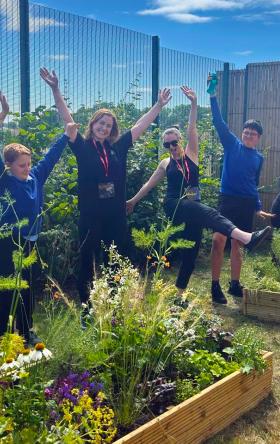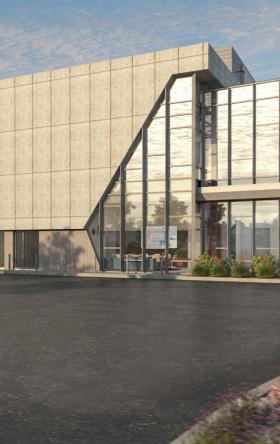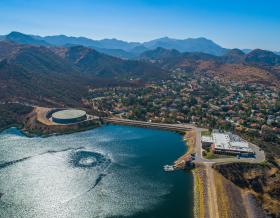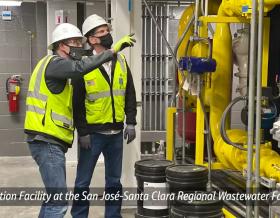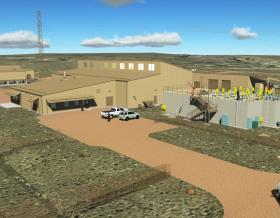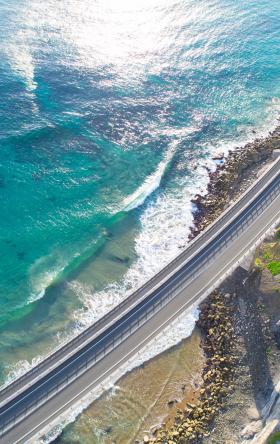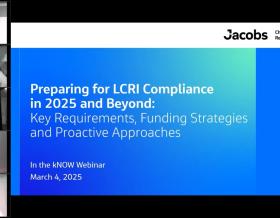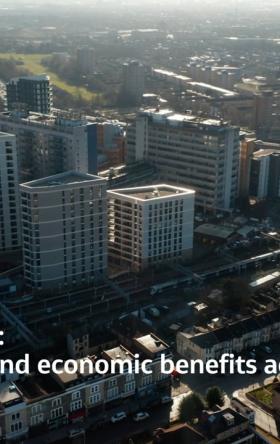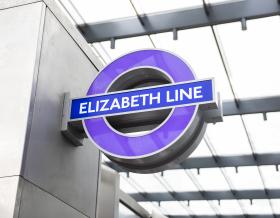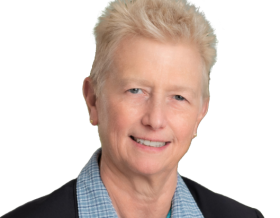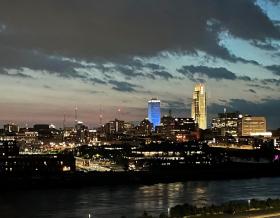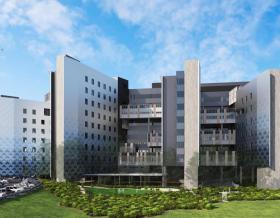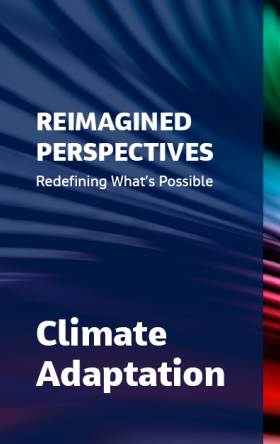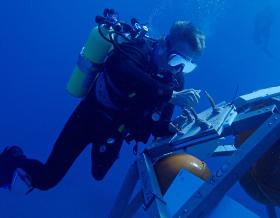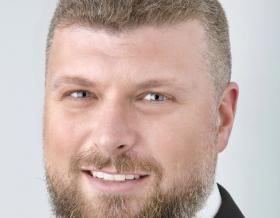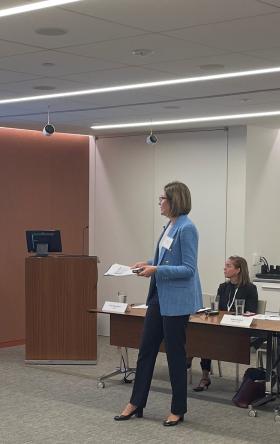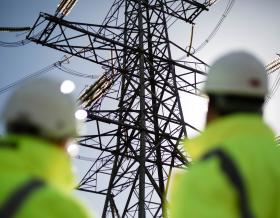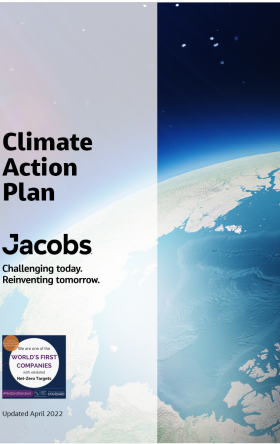Meet Natalie Lenz
Milwaukee, WI, U.S.

With a passion for sustainable water solutions and a talent for turning complex data into actionable insights, Natalie Lenz is helping shape the future of watershed management and environmental infrastructure.
Based in Milwaukee, Wisconsin, Natalie has more eight years of experience in water resources engineering, specializing in watershed planning, adaptive management and sustainability-driven design. Natalie’s work is rooted in science — she holds a master’s degree in chemical engineering from Northwestern University and a bachelor’s in chemistry from the University of Wisconsin–Madison. As a licensed professional engineer and Envision Sustainability Professional (ENV SP), she combines technical rigor and systems thinking to help communities meet regulatory goals while improving water quality and resilience.
She has led watershed planning efforts across the U.S. Midwest, including supporting a transformative project in Milwaukee to revitalize a stretch of the Kinnickinnic River. By removing a hazardous concrete channel, widening the riverbed and restoring a natural, ecologically vibrant corridor, this restoration project will reduce flood risk, enhance public safety and reconnect the community to a healthier, more resilient waterway. Her work has also supported efforts in Waukesha, Fond du Lac, Oshkosh and Milwaukee, including return flow programs, river restoration and water quality trading strategies.
From building digital tools to shaping long-term water strategies, Natalie brings a rare blend of technical insight and big-picture thinking that helps communities make smarter, more sustainable decisions.
Get to know Natalie
-
8 +
years of experience in water resources and watershed planning
-
20
year adaptive management program co-led for NEW Water
-
10 +
major watershed and compliance plans authored or co-authored
You’ve participated in the Water Environment Federation’s Water Leadership Institute, which emphasizes communication and leadership in the water sector. What was one of the most transformative lessons you took from that experience, and how has it shaped your approach to water challenges?
During the Water Leadership Institute’s five-month intensive, I explored my strengths and developed as a leader. One key lesson was strengths-based leadership: when facing a major challenge, you reach for your strongest tools — not your weakest. Too often, we focus on improving weaknesses instead of leveraging what we do best. I’ve learned the most effective way to tackle water challenges is by bringing our strengths to the table and collaborating with others whose strengths complement our own.
Urban areas like Milwaukee face the dual challenge of aging water infrastructure and long-standing inequities in service delivery. From your perspective, what are some of the most effective strategies cities can use to ensure that infrastructure investments benefit all communities — especially those that have historically been underserved?
Equitable infrastructure benefits from strengths-based collaboration. In Milwaukee’s Kinnickinnic River Watershed, the Milwaukee Metropolitan Sewerage District (MMSD) is replacing hazardous concrete channels with naturalized floodplains while working with organizations like the Sixteenth Street Community Health Center. Their deep community ties have helped shape a project that meets floodplain restoration goals and reflects residents’ needs. This kind of inclusive, on-the-ground engagement leads to better outcomes than any single entity could achieve alone.
With Wisconsin’s unique geography — abundant freshwater resources but also agricultural and industrial pressures — what do you think is the most urgent water issue the state needs to address in the next five years?
Phosphorus and sediment runoff remain Wisconsin’s most persistent water quality issues, but strong regulatory frameworks like total maximum daily loads (TMDLs) and numeric standards lay the groundwork for addressing these issues. The challenge lies in bridging the gap between what needs to be done and who leads implementation — especially since agricultural improvements are voluntary and landowner-specific. Programs like Green Bay’s NEW Watershed Program for Adaptive Management are paving the way for collaborative solutions between regulators, point-sources and individual land owners. Over the next five years, I hope to see more partnerships connecting landowners with TMDL leaders, and the Wisconsin Water Quality Trading Clearinghouse is a promising step forward.
What kinds of projects or initiatives are you currently involved in, and what excites you most about the work you're doing right now in the water space?
At Jacobs, I help clients plan for climate impacts across the OneWater cycle, supporting long-term master plans and watershed strategies that look ahead 50 years or more. I approach each project by asking: “How can we drive long-term solutions that also meet short-term needs?” and “How can we empower others to communicate effectively?” Our role goes beyond technical expertise — we help clients and communities prepare for a future that looks different from the past.
When you’re not working on water issues, what’s your favorite way to enjoy Wisconsin’s lakes or rivers? Any hidden gems you’d recommend for a peaceful paddle or scenic hike?
I’m grateful for the access Milwaukee County Parks provide to Lake Michigan. Some of my favorite spots include hiking through Lake Park to the North Point Lighthouse, walking the McKinley Park Government Pier for skyline views and relaxing with a beer and pretzel at South Shore Park.
“Every watershed tells a story. My role is to develop a strategic and tailored approach and bring innovative solutions that protect our environment and support long-term resilience.”
